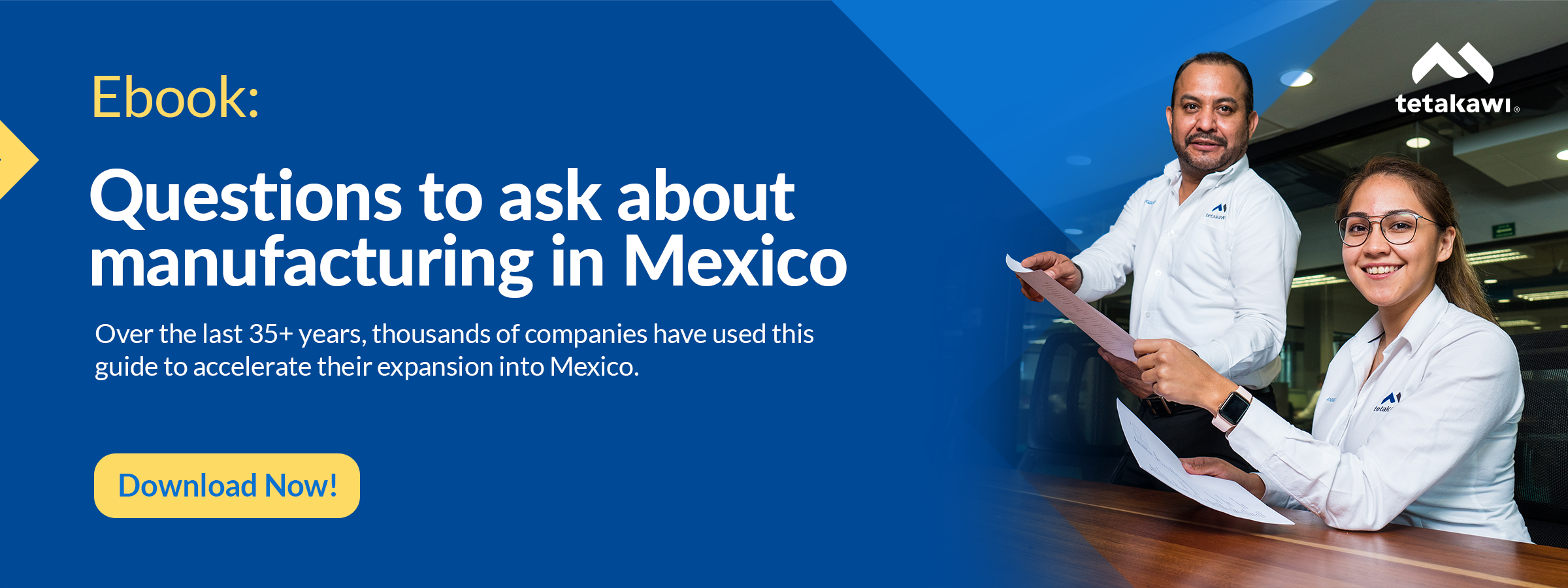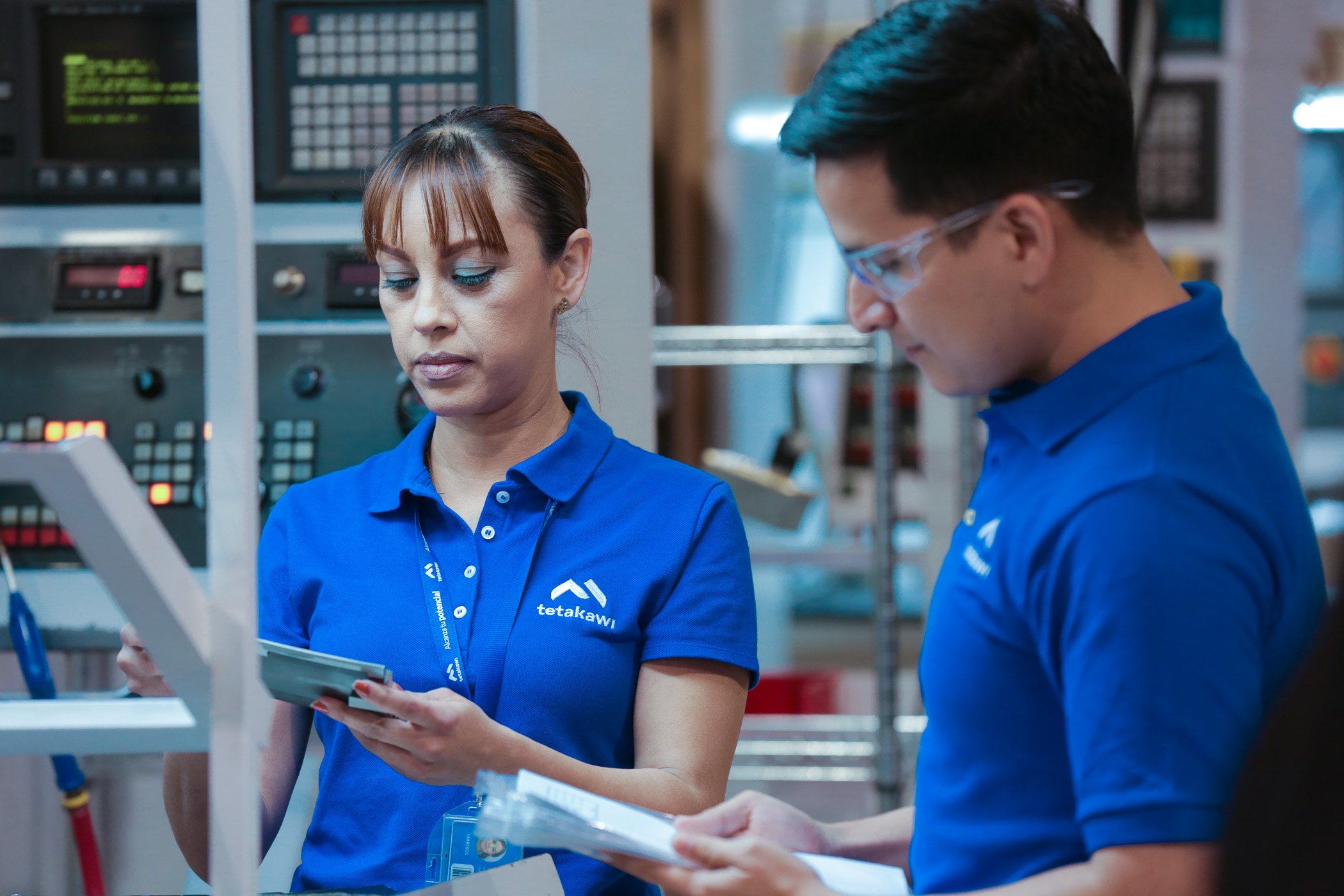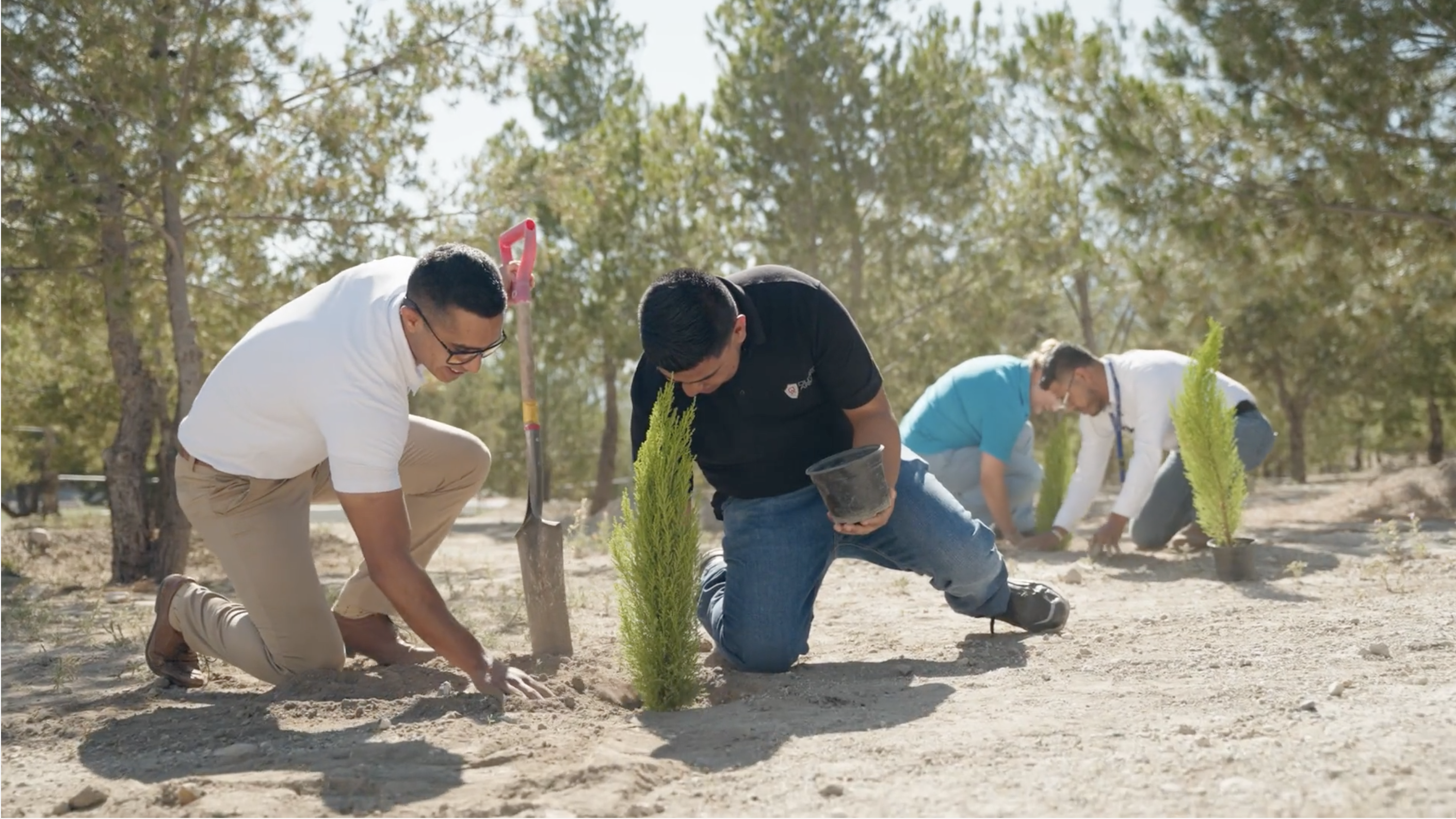The disruption to global supply chains means now is the time for manufacturers operating or considering a location in Mexico to evaluate shipping and logistics options to find a better balance between speed and cost-effectiveness.
As we discussed in a podcast on shipping and logistics considerations for manufacturing in Mexico, there are nuances to consider to speed inspections of your goods by Mexico Customs brokers. Below, we offer six tips that can help simplify this process.
1. Vet your trucking provider in person
In the United States, it's relatively easy to access information about a carrier's fleet size, operation classification, goods they're authorized to carry, and more via their US DOT or MC number. This visibility helps companies gauge a carrier's reputability before contracting them.
This transparency tends to be lacking in Mexico's trucking industry. With fewer regulations, it is relatively easy for a company to incorporate in Mexico with one truck today, only to go out of business tomorrow. To prevent contracting with a less-than-reputable company, it is essential to visit potential carriers physically. This visit can ensure they have adequate trucking capacity, sufficient cash flow, and an emergency management plan.
A site visit is also an excellent time to inspect a prospective carrier's trucks and trailers. While the tractors and trailers in Mexico tend to be older models than those found in the U.S., age doesn't mean they aren't in good condition. The presence of a repair shop and process is a more important factor.
2. Purchase shipment and cargo insurance
Even though it is not required by Mexican law, shipment, and cargo insurance is a best practice in Mexico. While a reputable shipping and logistics partner will know the safest transport routes and times, some routes may carry higher risks than others. Some commodities may also carry a higher risk of theft. For example, consumer goods are more typically targeted for theft as it can be easier to resell these goods.
Either way, it's a good idea to insure your cargo. Request an insurance quote from your carrier or logistics company based on the type and volume of the commodity being moved.
3. Weigh your shipping priorities against port options
As in many areas of the world, some ports in Mexico are becoming more saturated with shipments. On the Pacific side, many shipments tend to move from Asia to Mexico through Manzanillo. As a result, delays here are longer. For goods that will ultimately move further north, Ensenada may be a viable solution for moving goods more quickly. On the Gulf side, El Camino and Veracruz tend to be popular locations. In some cases, however, companies may find they can move materials more quickly by looking beyond Mexico.
One alternative for northern Mexico plants is to bring goods in via a U.S. port and then have them transshipped by land into Mexico. The timing may be similar for many companies, but the process may eliminate any duties in the United States by importing it through the U.S. as an inbound shipment.
The same is true of land crossing. The most popular land entry ports include Laredo, followed by Tijuana, Nogales, and El Paso. Consequently, these tend to have the most traffic and most extended wait times. Carrier rates are likely to be lower when using a high-volume port, but crossing time may be better using one of the lower-volume ports. There may be advantages to driving further for a faster crossing. Depending on the season, moving through Customs may take two to three hours or as long as a day or more.
Remember that the time to move goods through a port will vary from month to month. Contact your shipping and logistics partners before shipment to better weigh your options.
4. Plan further in advance for rail transport
Rail is a popular transport option in Mexico, particularly for the automotive industry. However, the congestion via rail travel can lead to scarcity in container availability. As a result, it's important to begin planning well in advance of when you plan to transport by rail.
While specific routes will find rail their most cost-effective option, others may find truck transport equally cost-effective. The direction of travel and time of year can all impact pricing and availability.
Another factor to keep in mind is that transport will take longer via rail. For frequent, large-volume shipments, rail is a good option. Any urgently needed goods would be better moved by truck.
5. Always let your Mexico customs brokers know when a shipment is on its way
Mexico's known for being very bureaucratic when it comes to importing goods and materials. However, most delays occur when a shipment arrives that the broker did not expect. Once goods are offloaded, they're left trying to figure out what is being shipped.
To help speed this process, ensure you have all materials either reinspected, previewed, or documented with pictures. In addition, let your Mexico customs broker know in advance so you can prepare all the information they'll need to speed up the inspection. While documentation is essentially the same, each port may have its own expectations or nuances on which it may focus. By having documentation pre-done, manufacturers can shorten a two, three, or even four-day process to a same-day event.
6. Consult with someone familiar with the current terms of the business before shipping
Many manufacturers are reimagining their operations right now, whether that means bringing in new supply chain partners or diversifying their global footprint. This upheaval is also being felt in the shipping and logistics industries. To ensure you’re getting the speed you need at the price you want, it’s important to consult with someone who knows the business before shipping anything. An expert can help you align your processes to reflect current conditions and route your shipment using the most efficient strategy for that moment.
If you need help with your logistics or Customs strategy, Tetakawi and its sister company, ILS, can help you. Contact us today to learn more.
Subscribe
Sign up and stay informed with tips, updates, and best practices for manufacturing in Mexico.
Table of Contents:
- Vet your trucking provider in person
- Purchase shipment and cargo insurance
- Weigh your shipping priorities against port options
- Plan further in advance for rail transport
- Always let your Mexico customs brokers know when a shipment is on its way
- Consult with someone familiar with the current terms of the business before shipping






